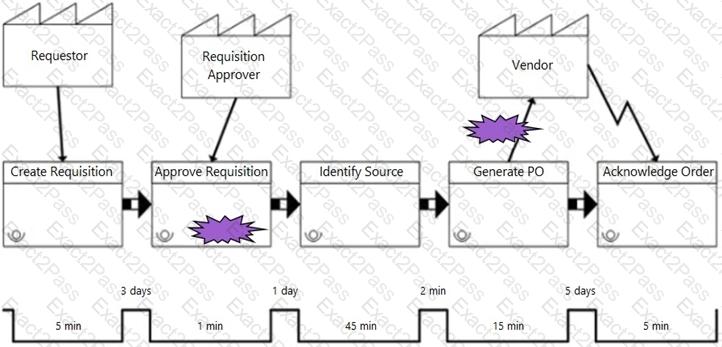Last Update 8 hours ago Total Questions : 638
The Certification of Capability in Business Analysis (CCBA) content is now fully updated, with all current exam questions added 8 hours ago. Deciding to include CCBA practice exam questions in your study plan goes far beyond basic test preparation.
You'll find that our CCBA exam questions frequently feature detailed scenarios and practical problem-solving exercises that directly mirror industry challenges. Engaging with these CCBA sample sets allows you to effectively manage your time and pace yourself, giving you the ability to finish any Certification of Capability in Business Analysis (CCBA) practice test comfortably within the allotted time.
A lead business analyst (BA) analyzed the performance of all BA's within the organization. How should the BA approach communicating the results to stakeholders?
A business analyst (BA) has identified the impacts and resolution for a proposed change. Based on the Responsible, Accountable, Consulted, informed (RACI) matrix, who must approve the change before it is implemented?
The business analyst (BA) has traced the requirements for the interaction between a customer and the new online ordering system. Besides enabling the BA to ensure quality of the requirements to stakeholders, tracing the requirements will also enable the BA to:
A business analyst (BA) creates the following diagram as part of current state analysis activities.

What does a diagram of this type help users to understand?
A business analyst (BA) is tasked with performing a gap analysis between two existing systems to combine into a single system or run just one system. Which of the following modelling formats will show the requirements for both systems side by side?
A business analyst (BA) is managing stakeholder collaboration to ensure positive reactions are capitalized upon. There is uncertainty as to whether the correct stakeholders have been identified. Which technique can be used to correct this situation?
A business analyst (BA) has completed multiple workshops involving a number of stakeholders including the project manager however, the elicitation results are inconsistent between the stakeholders. How should the variation in results be resolved?
While planning the prioritization approach for an upgrade to a legal property application, the business analyst (BA) needs to check the organization's business policies prior to identifying the stakeholders to participate in the prioritization process. The business policies will help the BA because they:
A software company wants to make a gradual change from its traditional way of developing requirements to a more adaptive approach. A business analyst (BA) is hired to quantify the probability that the solution will meet the company's needs and assess the relevant risks. Which element of risk assessment does the BA need to consider?
A business analyst (BA) is informing stakeholders about the importance of quality when eliciting requirements. What characteristic describes a quality requirement?
A business analyst (BA) is creating a business process model (BPM) showing how the organization will handle errors reported on its website. The BA held a workshop with stakeholders about how the process might work. The BA was also given an instruction manual about a similar error-handling situation, but was advised that some minor aspects are not applicable to the new process. How can the BA use the manual?
A business owner has identified a high-priority requirement that needs to be implemented immediately. The project manager has asked the business analyst (BA) to conduct an impact analysis of this change. Which factor will the BA need to consider?

